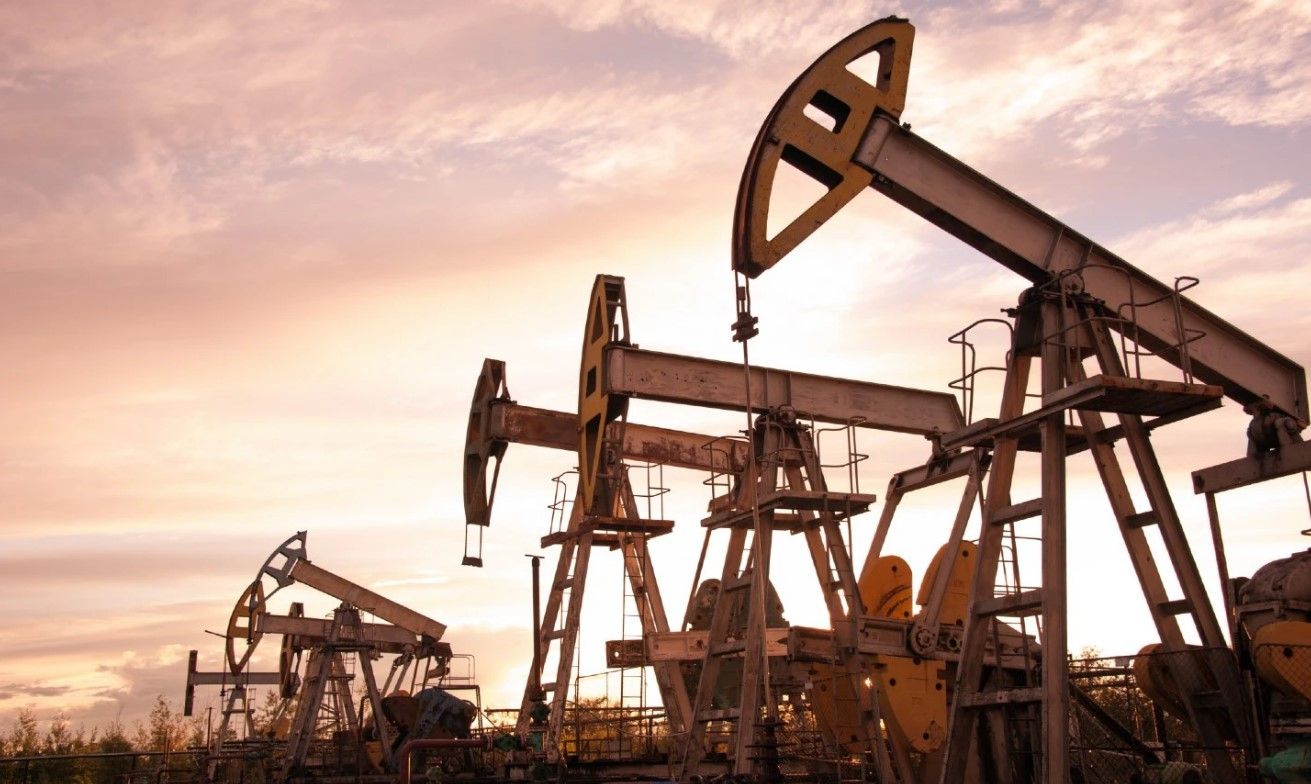FXOpen

The price movements affecting crude oil have been fascinating over the past year and a half.
During the period in which many Western governments imposed lockdowns on their population, oil was trading at relatively high prices because of logistical and supply chain difficulties created by enforced stay-at-home orders, whilst nations in Asia such as India, Thailand and Japan continued as normal and required as much of the thick black stuff as possible to keep the wheels of industry turning.
Once the folly of lockdowns had tested the patience of most of the Western world and the powers that be could no longer carry them out, everything suddenly went back to normal, but supply chain disruptions continued as the 'work from home' phenomenon was difficult to curtail.
Prices remained relatively high. However, in the early months of 2022, many of the same countries that imposed lockdowns began to band together to enforce trade sanctions on the Russian Federation and its industry.
One of the largest industries in that particular country is oil extraction and refinement and the production of oil-based energy products.
Indeed, Russia is an OPEC+ nation and one of the largest producers and exporters of petrochemical products in the world.
These sanctions meant that Russian oil companies could not access their bank accounts in which settlement for oil supply is made; hence many European customers had to begin to settle the supply of oil by Russian companies by paying in Rubles into a bank account in Moscow or face having their supply curtailed.
This caused a rise in the price of crude oil and much of Europe to face an energy price crisis in which the cost of heating homes or running vehicles became astronomical.
Today, things are somewhat different. The price of crude oil is, compared to a year ago, on the floor.
In fact, it is very low compared to even one month ago, and over the five-day moving average until the end of trading on May 12, it is down considerably.
On May 2, we witnessed the lowest value of crude oil in over a year, and on May 12, the second lowest since May 2.
Brent Crude Oil is down 3.4% over the past five days and a staggering 29.9% in a year.
Oil is an interesting asset class, however. This is because it is one of the only consumable commodities that exists. Gold and other precious metals do have an engineering use case, but they are really seen as stores of value as far as investment and trading are concerned, whereas oil is bought and sold entirely for the purpose of use as an energy product; therefore, its value is affected by supply and demand.
Right now, many OPEC nations are in the midst of an oil production slowdown.
For the month of April, Nigeria's oil production was below 1 million barrels per day, representing its lowest level in 7 months.
Saudi Arabia, Iraq and a few other oil-producing nations in the Middle East have been cutting oil production by one million barrels of oil a day, and Russia is set to extend its reduction in production to half a million barrels per day until the end of 2023.
As is to be expected, the US Government has criticised this move, but the OPEC nations, which are responsible for the supply of over 30% of the world's oil, are known for being able to control the market to protect the combined value of their assets.
In October 2022, the last time a cut in production was conducted by oil-producing nations, an increase in value of 5% took place.
This reduction in production is being viewed as a means of curtailing supply to ramp up the price of crude oil; therefore, following the price of crude oil is likely to be interesting given its low value now and potentially high value once the cut has taken place.
Start trading commodity CFDs with tight spreads. Open your trading account now or learn more about trading commodity CFDs with FXOpen.
This article represents the opinion of the Companies operating under the FXOpen brand only. It is not to be construed as an offer, solicitation, or recommendation with respect to products and services provided by the Companies operating under the FXOpen brand, nor is it to be considered financial advice.
Stay ahead of the market!
Subscribe now to our mailing list and receive the latest market news and insights delivered directly to your inbox.








